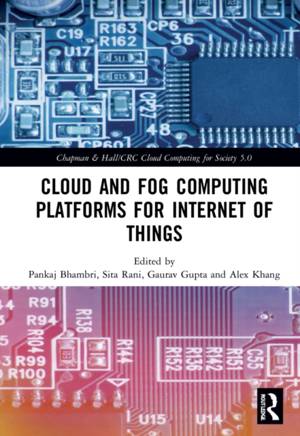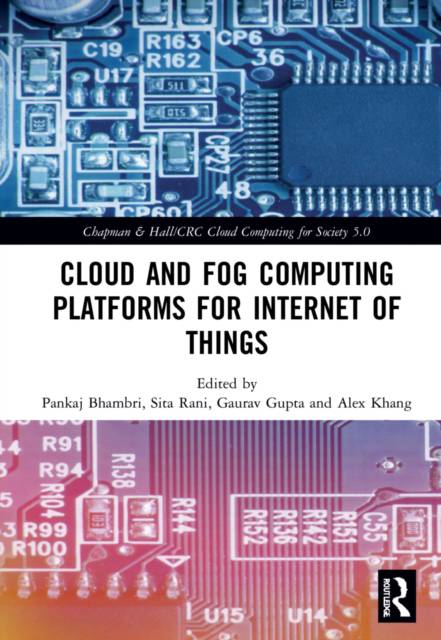
- Afhalen na 1 uur in een winkel met voorraad
- Gratis thuislevering in België vanaf € 30
- Ruim aanbod met 7 miljoen producten
- Afhalen na 1 uur in een winkel met voorraad
- Gratis thuislevering in België vanaf € 30
- Ruim aanbod met 7 miljoen producten
Cloud and Fog Computing Platforms for Internet of Things
Omschrijving
Today, relevant data are typically delivered to cloud-based servers for storing and analysis in order to extract key features and enable enhanced applications beyond the basic transmission of raw data and to realize the possibilities associated with the impending Internet of Things (IoT). To allow for quicker, more efficient, and expanded privacy-preserving services, a new trend called Fog Computing has emerged: moving these responsibilities to the network's edge.
Traditional centralized cloud computing paradigms confront new problems posed by IoT application growth, including high latency, limited storage, and outages due to a lack of available resources. Fog Computing puts the cloud and IoT devices closer together to address these issues. Instead of sending IoT data to the cloud, the fog processes and stores it locally at IoT devices. Unlike the cloud, fog-based services have a faster reaction time and better quality overall.
Fog Computing, Cloud Computing, and their connectivity with the IoT are discussed in this book, with an emphasis on the advantages and implementation issues. It also explores the various architectures and appropriate IoT applications. Fog Computing, Cloud Computing, and Internet of Things are being suggested as potential research directions.
Features:
- A systematic overview of the state-of-the-art in Cloud Computing, Fog Computing, and Internet of Things
- Recent research results and some pointers to future advancements in architectures and methodologies
- Detailed examples from clinical studies using several different data sets
Specificaties
Betrokkenen
- Uitgeverij:
Inhoud
- Aantal bladzijden:
- 198
- Taal:
- Engels
- Reeks:
Eigenschappen
- Productcode (EAN):
- 9781032101507
- Verschijningsdatum:
- 8/06/2022
- Uitvoering:
- Hardcover
- Formaat:
- Genaaid
- Afmetingen:
- 178 mm x 254 mm
- Gewicht:
- 585 g

Alleen bij Standaard Boekhandel
Beoordelingen
We publiceren alleen reviews die voldoen aan de voorwaarden voor reviews. Bekijk onze voorwaarden voor reviews.










